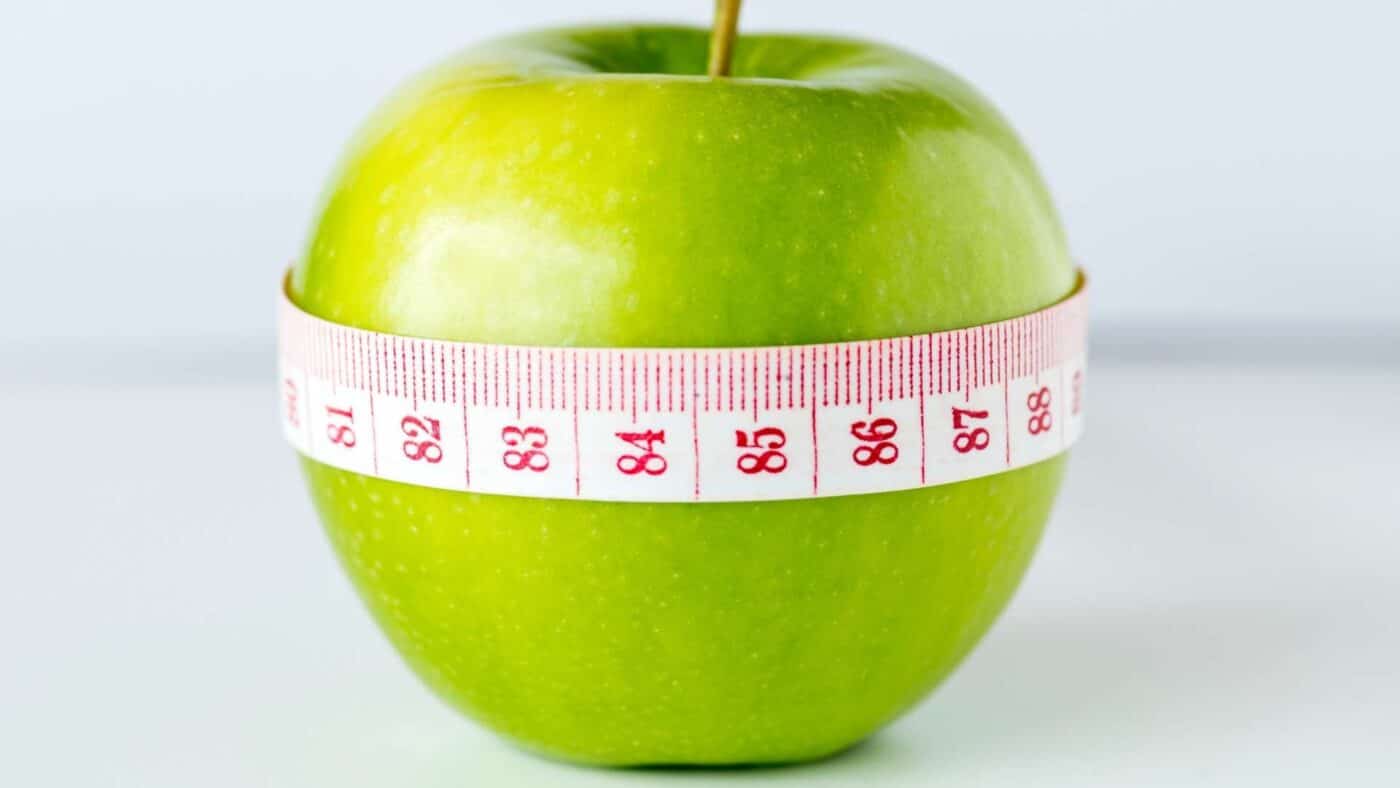What is Volume?
Volume is a measure of the capacity of a three-dimensional object. It is measured in cubic units such as cubic meters (m3) or cubic feet (ft3). Volume can be calculated by multiplying the length, width, and height of an object. For example, a cube with a side length of 5 cm has a volume of 125 cm3 (5 x 5 x 5 = 125).
Volume is an important concept in many fields, including engineering, mathematics, and physics. For example, engineers use volume to measure the capacity of a tank or reservoir, while mathematicians use it to calculate the volume of a sphere or cone. In physics, volume is used to measure the mass of a substance such as water or air.
Volume is also used to measure the amount of space occupied by a substance, such as the volume of a liquid or gas. The volume of a liquid or gas is usually measured in liters (L) or milliliters (mL). For example, the volume of one liter of water is one liter.
Also, volume can be used to describe the size of a container or the amount of material in it. For example, the volume of a box of cereal can be defined as one liter.
For example, this 250ml cream cheese package holds 180gr of cream cheese.
What is Weight?
Weight is a measure of the gravitational force exerted on an object. It is measured in Newtons, which is a unit of force in the International System of Units (SI). Weight is the measure of the gravitational force on an object and is the result of the object’s mass multiplied by the gravitational acceleration. For example, the weight of a 1 kg object on Earth is 9.81 Newtons.
The weight of an object can also be expressed by its mass. Mass is a measure of the amount of matter an object contains and is typically expressed in kilograms or pounds. This means that the weight of an object is equal to its mass multiplied by the acceleration of gravity. So if an object has a mass of 1 kg, its weight on Earth is 9.81 Newtons.
Weight can also be affected by other factors such as air pressure, buoyancy and altitude. Air pressure can cause objects to be lighter than those on Earth, while buoyancy can cause objects to be heavier. At higher altitudes, there is less air pressure that can cause objects to be lighter than on Earth.
In addition to measuring the weight of an object, weight can also be used to measure the force an object exerts on another object (such as a person standing on the ground). This is known as the person’s weight. A person’s weight can be measured using a force plate, which is a device that measures the force applied to an object.
What is the Difference Between Volume and Weight?
Volume is the measure of the amount of space an object or substance occupies and is usually measured in liters, gallons or cubic meters. Weight is a measure of the amount of substance contained in an object or substance, usually measured in kilograms, pounds, or ounces.
Volume is an intrinsic property of an object or matter, meaning it does not change wherever it is found. However, weight is a measure of gravitational pull that can vary depending on where an object or substance is located. For example, an object on the Earth’s surface, when taken to the Moon, will have a different weight due to the difference in gravitational forces.
Volume is typically used to measure liquids, solids, and gases while weight is used to measure objects or substances that have mass. For example, a liter of water has the same volume in a container or bucket, but its weight varies depending on how much water is in the glass or bucket.
Volume is also used to measure the capacity of a container such as a storage tank or fuel tank while weight is used to measure the amount of material contained in the container. For example, a fuel tank may have a capacity of 200 liters, but its weight will depend on the amount of fuel it contains.
In conclusion, the difference between volume and weight is that volume measures the amount of space an object or substance occupies while weight measures the amount of substance contained in an object or substance.

